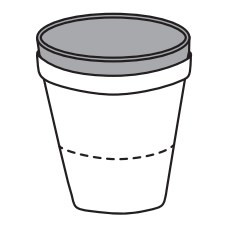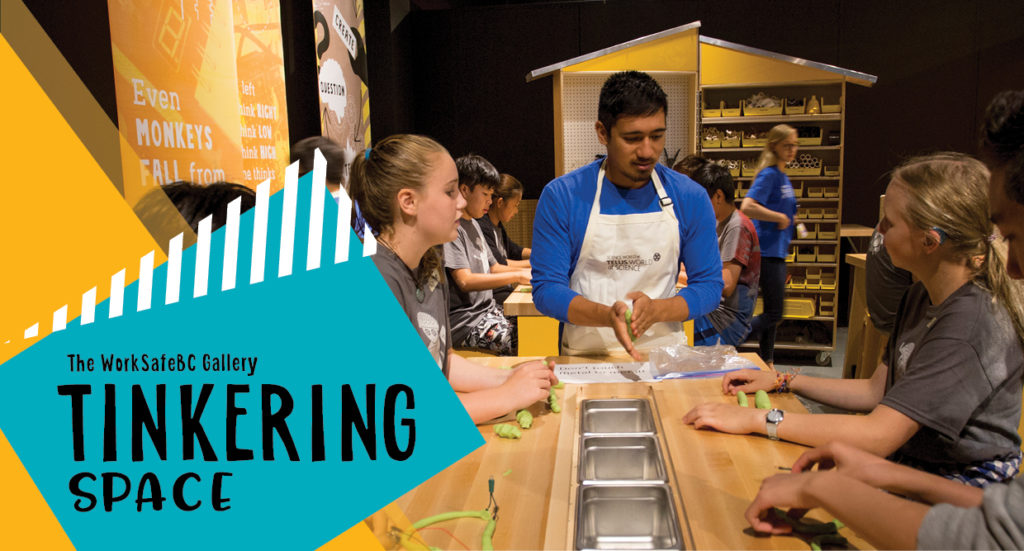The Mobile Base is a platform that stores equipment and slides around the outside of the space station, taking the Canadarm with it.
You may have already heard about the Canadarm 2, a 17m long robotic arm, with a Latching End Effector (LEE). The Canadarm can carry a large payload, an astronaut on a spacewalk, or Dextre (a.k.a. the “Canada Hand”).
Dextre, nicknamed the Canada Hand, is a robotic “handyman” that performs tasks like changing batteries and replacing cameras that would otherwise have to be done by an astronaut.
The combination of the Mobile Base and the long reach of the Canadarm allow maintenance and repair work to occur at all parts of the ISS.
The Latching End Effector on the Canadarm is a relatively simple but very important part. Think of the End Effector as the Canadarm’s “wrist”… with a twist. The wrist on your body attaches your hand to your arm, but the End Effector can attach to the Canada Hand (Dextre), or grasp objects like a payload, an astronaut or the ISS itself. Its simple 3-wire design means it is both effective in safely holding onto a variety precious cargo as well as being easy to fix if it ever becomes damaged.
Did you know there was a 3rd Generation Canadarm?
Canadarm 3 contains an artificial intelligence-based robotic system designed for the Lunar Gateway, and will remain permanently in space there.
Check out a comparative table of all 3 Canadarms at the Canadian Space Agency




